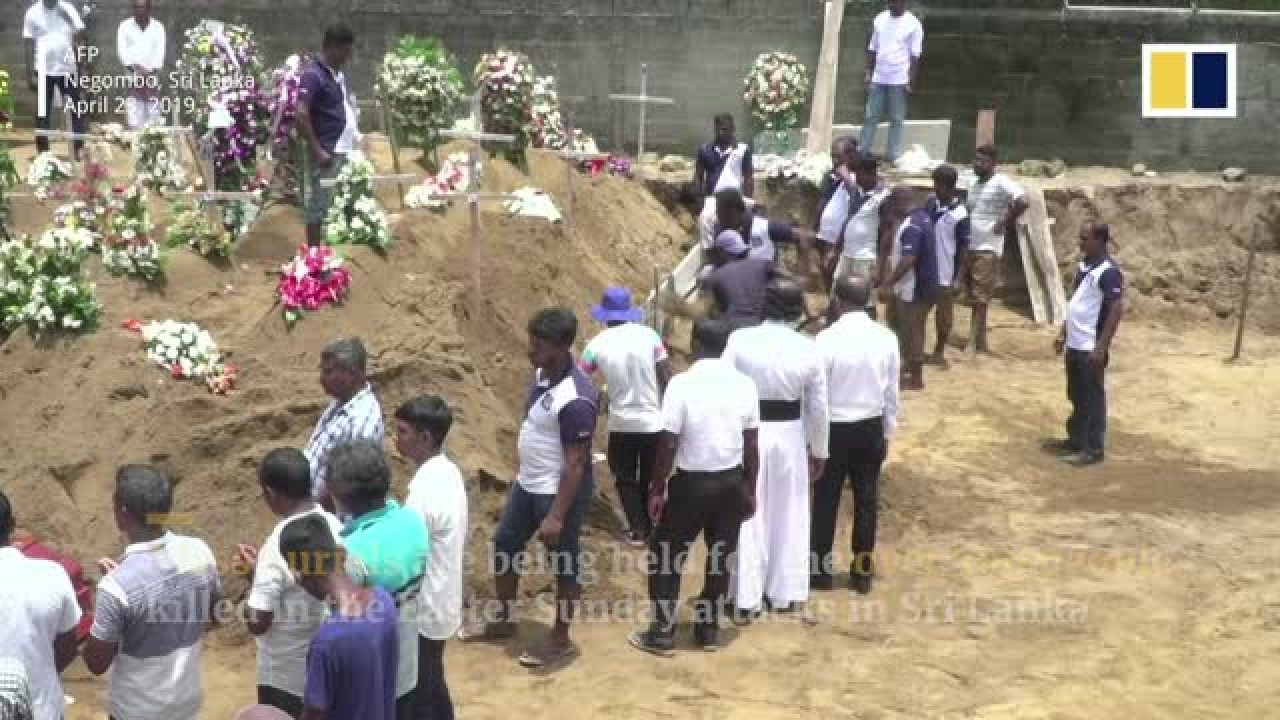
In war on terror and Isis, South Asia is fighting itself
- Regional leaders have made a show of standing together on terrorism, but individually they use anti-terror laws to suppress dissent and minorities
- In unleashing violence on sections of their own populations these countries only make it easier for groups like Islamic State to take hold
India and Bangladesh look to refresh ties, a year after citizenship law
But even as they renewed their bids for regional cooperation, the leaders of these countries were individually unveiling policies that are set to reverse the gains of collective efforts.
Take, for instance, India’s National Investigation Agency (NIA). Set up after the 2008 assault on Mumbai by Pakistan-based Lashkar-e-Taiba that killed 165 people, it has been in the news more for using anti-terrorism laws to arrest students, human rights activists and dissenters.
A case in point was the incarceration of an octogenarian Jesuit priest for his work among indigenous tribes and the poor. Such use of anti-terrorism laws to suppress political dissent and minority communities is endemic to the region, as is the vicious repression of independent media.

In its 2020 annual report, the Global Terrorism Index noted that for the second year in a row the South Asian region was the most affected by terrorism, although Pakistan recorded its steepest decline in terrorism, with the fewest terror-related deaths since 2006. Yet, two events marked a dramatic end to an otherwise solemn year: the release from custody of the American journalist Daniel Pearl’s killer and the conviction by another court of the 2008 Mumbai attack mastermind.
While the former prompted a sharp reaction from the US State Department, regional experts see the latter as yet another effort by Islamabad to look good ahead of the February 2021 deadline set by the Financial Action Task Force (FATF), the global watchdog tasked with combating terrorism financing and money laundering, for Pakistan to get off its grey list.
As India enters 2021, Narendra Modi’s Hindutva Project is on a roll
Placed on the grey list in June 2018, if Pakistan does not meet the FATF criteria it could fall to the blacklist, potentially impacting the country’s ability to attract foreign investors and borrow money from international lenders, such as the World Bank, the International Monetary Fund and the Asian Development Bank. This would be disastrous now with the economy in free fall since the pandemic began.
And then, despite important advances in peace talks, much could go wrong in neighbouring Afghanistan. The surge in violence and spate of assassinations as the Taliban takes control will inevitably lead to cross-border spillover, proxy warfare, and state sponsorship of armed groups, as well as reverse Pakistan’s counterterrorism gains in recent years.

01:46
Civilians clash with government forces in Indian Kashmir after four killed in armed encounter
Isis clearly sees enormous opportunities in populations made vulnerable to radicalisation by religious oppression. The fact that Isis makes a mark in autocratic countries riven by social unrest and corruption attests to its ability to exploit the disaffected. Having made successful inroads into Afghanistan’s Khorasan province, the terrorist group is expanding its reach across countries in the region, and its recent exhortations to its followers to stage attacks are a sign of what may come in the months ahead.
In addition, some of the long-running separatist insurgencies continue to defy resolution. The new alliance between Baloch and Sindhi separatist groups indicates that the Balochistan insurgency in Pakistan, Afghanistan and Iran will gather momentum. While some insurgencies on the subcontinent have been crushed, the legitimate causes that spawned them continue to be ignored. Over a decade after a brutal military defeat, the causes that spurred Sri Lanka’s ethnic Tamils to arms remain unaddressed.
India must do more to become viable China alternative: US envoy
Ethnocentric insurgencies in Kashmir, Balochistan and Nagaland fighting for equality, justice, peace and dignity may no longer be the stuff of media headlines even as indignities against their peoples mount, but their persistence will continue to impede effective governance. The Naxalites (Maoists), the poorest and most marginalised members of Indian society and dubbed left-wing terrorists, continue their struggle into the sixth decade. The fact that these insurgencies are stubbornly resilient is a result of the state’s brutal and bigoted responses more than merely the strategic superiority of the underdogs.

02:25
Mass funerals held for victims of Sri Lankan Easter Sunday bomb attacks as government admits intelligence failures
The pandemic, when it recedes, is set to leave behind ruined economies and an environment ripe for bloody violence and heightened terrorist activity. A number of studies have underlined the correlation between dim prospects for young men and violence. The huge increase in youth populations in much of South Asia and the accompanying demands for education and employment, coupled with deepening social cleavages and rising inequalities, will be a prescription for the radicalisation of the region’s young.
Evolving threats of extremist violence test every country’s ability to bring together all elements of national power to combat the problem. As the region’s largest country, India could provide leadership against this transnational threat with a whole-of-government, whole-of-society, and even whole-of-region approach and foster stability in the region. Rather, its unleashing of violence against a section of its own people offers support and protective cover for countries similarly inclined.
Shyam Tekwani is professor at the Daniel K Inouye Asia Pacific Centre for Security Studies in Honolulu, Hawaii. The views expressed in this article are his own.

